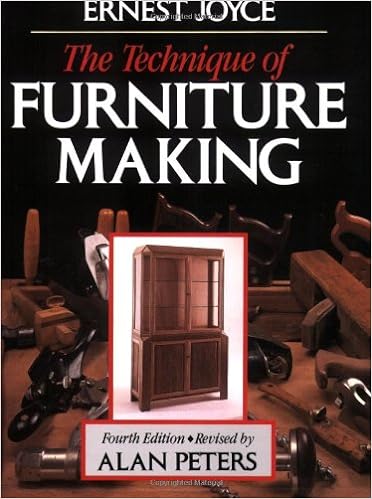Carl Dancer
Member
Hi everyone.
I have just started a level one diploma in carpentry and bench joinery and we are half through our first practical project which is a basic frame using six joints.
1) through mortise and tenon.
2) dovetail halving joint.
3) haunched mortise and tenon.
4) bridle joint.
5) halving joint.
6) stopped diminished mortise and tenon.
Now for a side project my tutor has set us the task of finding 4 uses four each joint.
All I can find on the net is thousands of sites stating how they are made but next to nothing on what they are used for, and I thought I would bring it to the experts for help.
I have joint 1 sorted but 2 is proving difficult, the best I have found is it is used for furniture cross members.
thanks for any help you can give me.
Carl.
I have just started a level one diploma in carpentry and bench joinery and we are half through our first practical project which is a basic frame using six joints.
1) through mortise and tenon.
2) dovetail halving joint.
3) haunched mortise and tenon.
4) bridle joint.
5) halving joint.
6) stopped diminished mortise and tenon.
Now for a side project my tutor has set us the task of finding 4 uses four each joint.
All I can find on the net is thousands of sites stating how they are made but next to nothing on what they are used for, and I thought I would bring it to the experts for help.
I have joint 1 sorted but 2 is proving difficult, the best I have found is it is used for furniture cross members.
thanks for any help you can give me.
Carl.



































